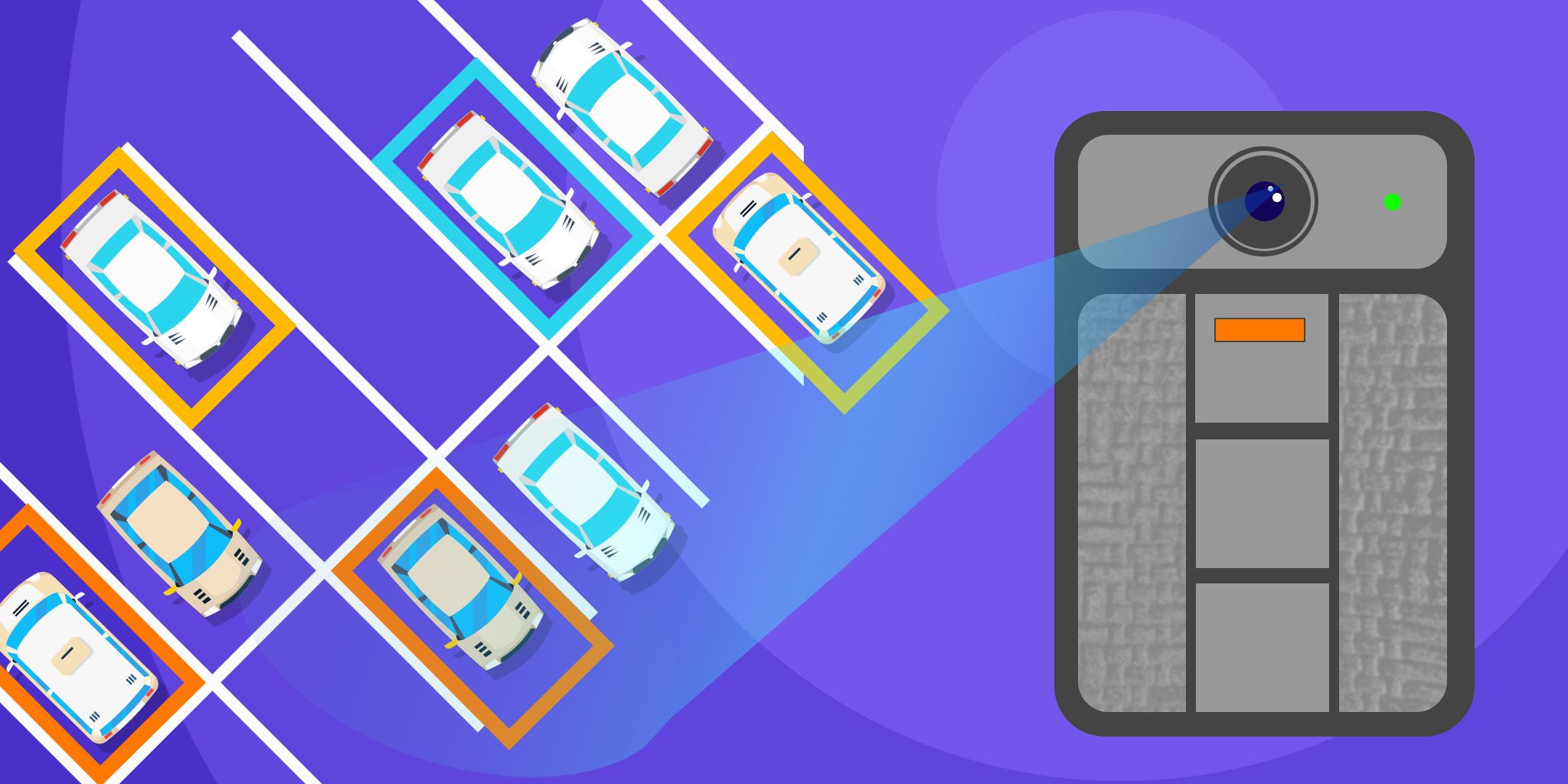Automotive Sales: Improving the Customer Experience Using IoT
Automotive Sales: Improving the Customer Experience Using IoT
- Last Updated: December 2, 2024
Guest Author
- Last Updated: December 2, 2024



Customer touchpoints throughout the automotive sales cycle are prime candidates for IoT innovation. Across the board, the data derived from these IoT applications have the capability to provide insights and actionable outcomes which can significantly improve the customer experience.
Data delivered by these IoT applications can provide insights and actionable outcomes to significantly improve the customer experience in the automotive industry. via @iotforall
Challenges
When a customer arrives at a dealership, it may be difficult for the dealer to know if they have what the customer is looking for. For instance, a customer might be coming in to see a particular vehicle, test-drive a car they’ve already seen, or to casually browse their options. Without any data behavior on the customer beforehand, sales personnel or the dealership may not be properly equipped to handle the customer's request. Perhaps a requested car is no longer on the main show floor for immediate display but instead buried somewhere in a backlot. Maybe another car that was requested for a test drive may not yet be properly serviced for operation. These are only a few of the challenges associated with automotive sales that IoT is capable of helping to improve.
Solutions
IoT can enhance the automotive sales experience by giving users on-hand knowledge to respond quickly to customer requests. For instance, adding sensors that plug into the OBD port of a car can provide GPS information, battery levels, and other vehicle diagnostics. If a customer enters a dealership and requests to see a specific car, the dealership is able to use the data from the sensor to locate the exact position of the vehicle in the lot for quick retrieval. Vehicle diagnostics and providing data such as car battery and OBD codes, allows dealership staff to know ahead of time when a vehicle needs to be serviced. This ensures that vehicles are ready for a customer at a moment's notice.
Check-in kiosks, via tablets at the entrance, are capable of allowing customers who have done research prior to their arrival to sign in and associate their online preferences or appointment requests to their physical visit. These systems can prompt a sales associate with information about an incoming customer’s online request or search preferences to allow them to understand exactly what the customer is interested in and anticipate their needs before the first interaction.
Connected and interactive signage is capable of providing meaningful data to customers about what’s happening in a dealership. TV-sized digital signs provide insights about vehicle information, real-time events, or special promotions. Connecting these interactive signs to the internet enable data collection on what information customers care about. This allows dealerships to adjust their content or marketing efforts to fit customer needs.
Technology
Tracking position and gathering vehicle diagnostics can be achieved through a variety of IoT form factors. Some devices can plug into the OBD port of the car, which in addition to providing GPS information, can provide details such as vehicle battery levels and problematic system diagnostic codes. Other devices sit on the steering wheel or dashboard of the car–while it may not provide as much detailed data, they allow for greater flexibility in the type of cars for which the device can be installed. These devices communicate via cellular backhaul to the cloud or via LoRaWAN gateways, which in turn, are backhauled via cellular or ethernet. The data from these devices is connected to software platforms that map the location coordinates to the dealership’s floor plans and lot maps or visualize the diagnostic information per vehicle in configurable analytics dashboards.
Check-in kiosks and interactive signage range from solutions as simple as a tablet mounted on a stand to a large touchscreen display with dedicated content management software that displays a dealership’s specific marketing or informational content. Most easily connected to the cloud via ethernet or WiFi, kiosks can integrate with an online request or appointment platforms to let a customer indicate exactly what they're looking to accomplish at the dealership. Interactive displays, allowing the user to navigate through dealership services and vehicle information, provide data on customer preferences which can then be integrated into analytics tools to drive insights into consumer behavior and industry trends.
More Informed Decisions
Sensors that seamlessly integrate the digital and physical experience by creating connected vehicles, IoT-enabled kiosks and signage have the potential to improve the customer experience in automotive sales by empowering dealerships and customers with the data they need to make faster, more informed decisions.
The Most Comprehensive IoT Newsletter for Enterprises
Showcasing the highest-quality content, resources, news, and insights from the world of the Internet of Things. Subscribe to remain informed and up-to-date.
New Podcast Episode

Moving Past the Pilot Phase in IoT and AI
Related Articles





